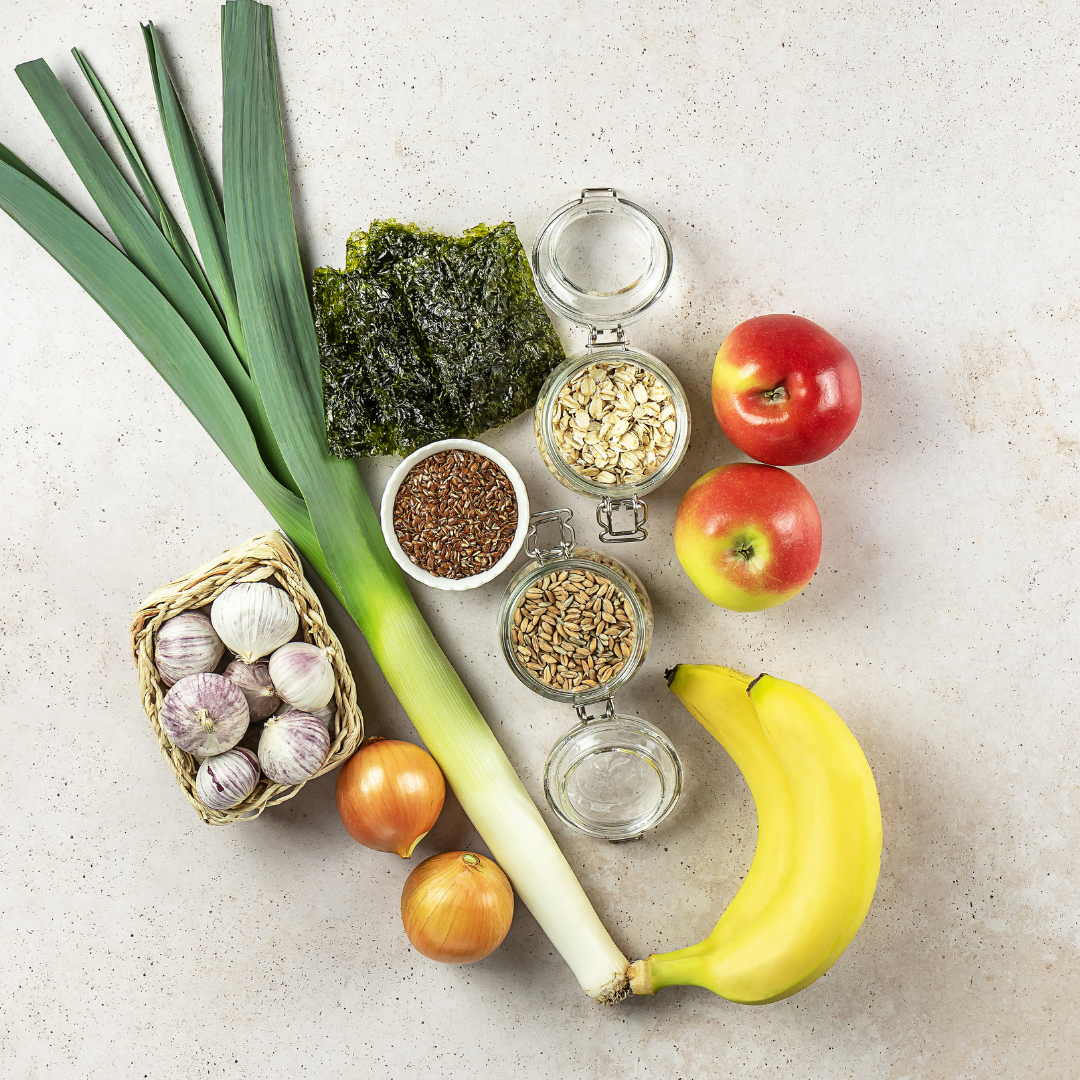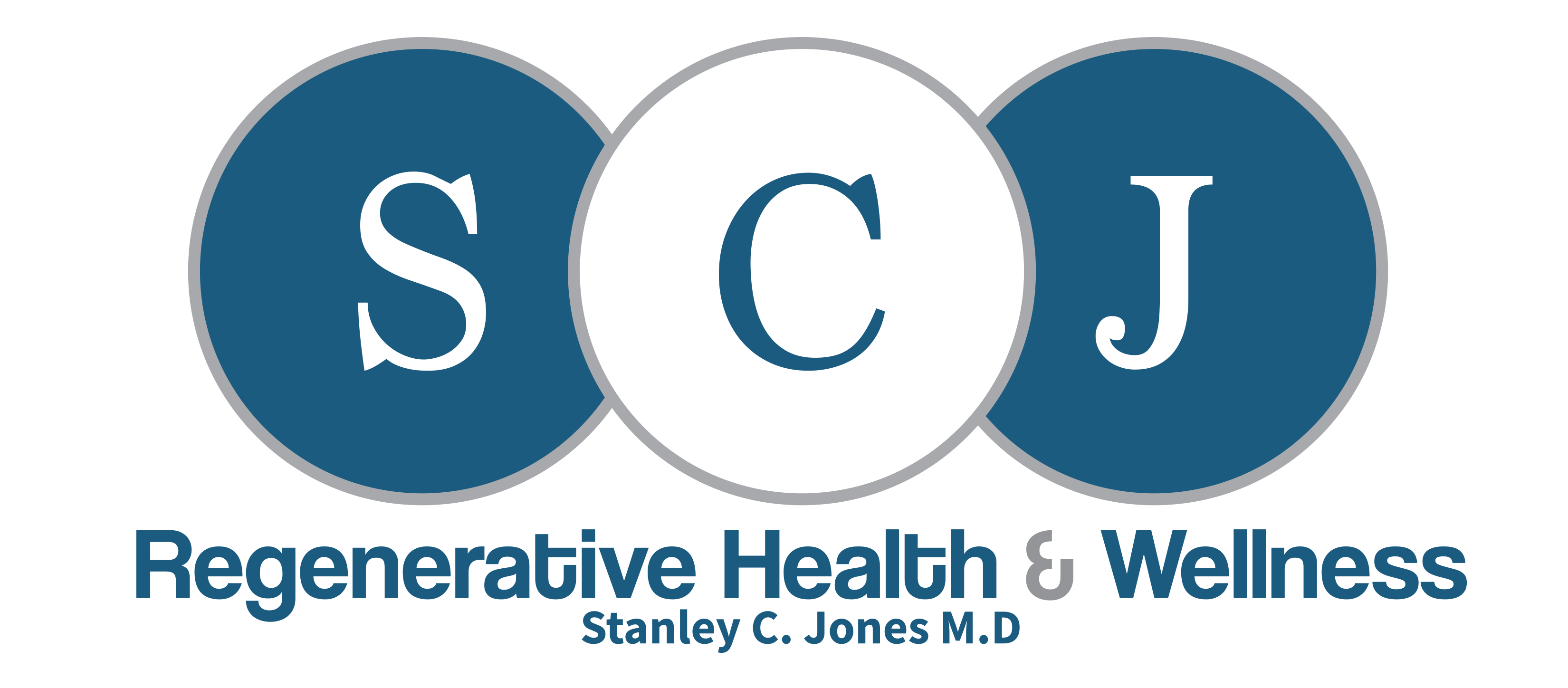
Gut health is more important than most people realize. You’re probably familiar with probiotics and the role they play in gut health and maintaining a healthy gut microbiome. Probiotics are bacteria that provide benefits to mental and physical health by their effect on hormones and nutritional status. These organisms colonize your gut and enhance the health of your gut microbiome, your gut ecosystem. Probiotic bacteria also aid digestion, nutrient absorption and even synthesize some vitamins. Plus, these gut bacteria also play a role in a healthy immune system and research shows they affect mood and mental health too.
Probiotics have their place in the human diet. and you can get them by eating fermented foods, like yogurt, fresh sauerkraut, kimchi, and kombucha. However, there is an alternative to munching on fermented foods to foster probiotic bacteria in the gut. They’re called prebiotics.
What is a prebiotic? They’re carbohydrates, called oligosaccharides, that support the growth and activity of probiotics – the “good” bacteria that provide benefits to your digestive system, immune system, and overall health. Prebiotics are a specific type of fiber that your digestive tract can’t easily digest but gut bacteria can. So, prebiotics provide nourishment and energy for the healthy gut bacteria that comprise your gut microbiome.
The reason prebiotics are good for you is because they act as a food source for good gut bacteria. Basically, prebiotics boosts the growth of healthy gut bacteria, such as lactobacilli and bifidobacteria, whereas probiotics give you these healthy bacteria from the outside. Probiotics aren’t always reliable since it’s hard to know how many viable bacteria you get when you eat fermented foods or take a probiotic supplement. The Food and Drug Administration doesn’t regulate supplements, so there’s no guarantee that the supplement contains the quantity and type of probiotic bacteria listed on the label. There’s a lack of complete transparency with supplements.
Prebiotics as a Fiber Source
Prebiotics provide an alternative approach – supply the right food for healthy gut bacteria and the bacteria will reproduce and your gut will have more. The other advantage of prebiotics is they’re a fiber source; most people don’t get enough dietary fiber. Studies show the average person gets half the recommended daily intake of 38 grams of fiber for men over 50 and 25 grams for women over 50. Since ultra-processed foods are low in fiber and these foods make up 60% of the American diet, it’s to see why fiber deficiency is so common.
Sources of Prebiotics
All prebiotics are fiber, but not all dietary fiber is prebiotic. Prebiotic fiber is soluble in water and fermentable. This means that bacteria produce gases when they break down prebiotic fiber. Some of the best sources of prebiotic fiber include:
- Bananas
- Leeks
- Asparagus
- Jerusalem artichoke
- Garlic
- Onions
- Dandelion root
- Chicory root
- Apples
- Barley
- Oats
- Burdock root
There are other benefits to eating more fiber-rich foods, including prebiotics. Some research shows that eating prebiotic fiber helps you feel less hungry between meals. So, you may even eat less if you add more prebiotic fiber to your diet.
The Bottom Line
Probiotics are a direct source of beneficial bacteria for a healthy gut microbiome, while prebiotics supply the food healthy gut bacteria need to thrive. Your best bet would be to consume both. However, most people don’t get enough fiber anyway, and adding more prebiotics to your diet will help correct that. So, eat fermented foods, like yogurt, kombucha, and fermented vegetables, but make sure you’re getting prebiotics too. Now that you know some of the best foods to supply your gut with prebiotics, enjoy them!
To schedule an appointment, click here.
References
- Bodera, P. (2008). Influence of prebiotics on the human immune system (GALT). Recent Patents on Inflammation & Allergy Drug Discovery, 2(2), 149-153. Retrieved 6 28, 2021, from ncbi.nlm.nih.gov/pubmed/19076004
- Bryan, C. A., Pak, D., Crandall, P. G., Lee, S.-O., & Ricke, S. C. (2013). The Role of Prebiotics and Probiotics in Human Health. Journal of Probiotics & Health, 1(2), 1-8. Retrieved 6 28, 2021, from https://longdom.org/open-access/the-role-of-prebiotics-and-probiotics-in-human-health-2329-8901.1000108.pdf
- Gibson, G. R. (2008). Prebiotics as Gut Microflora Management Tools. Journal of Clinical Gastroenterology, 42(6). Retrieved 6 28, 2021, from ncbi.nlm.nih.gov/pubmed/18542038
- Klosterbuer, A., Roughead, Z. F., & Slavin, J. L. (2011). Benefits of dietary fiber in clinical nutrition. Nutrition in Clinical Practice, 26(5), 625-635. Retrieved 6 28, 2021, from onlinelibrary.wiley.com/doi/abs/10.1177/0884533611416126
- Patel, S., & Goyal, A. (2012). The current trends and future perspectives of prebiotics research: a review. Retrieved 6 28, 2021, from ncbi.nlm.nih.gov/pmc/articles/pmc3376865
- Reid, G., Sanders, M. E., Gaskins, H. R., Gibson, G. R., Mercenier, A., Rastall, R. A., . . . Klaenhammer, T. R. (2003). New scientific paradigms for probiotics and prebiotics. Journal of Clinical Gastroenterology, 37(2), 105-118. Retrieved 6 28, 2021, from https://ncbi.nlm.nih.gov/pubmed/12869879
- Slavin J. Fiber and prebiotics: mechanisms and health benefits. Nutrients. 2013;5(4):1417-1435. Published 2013 Apr 22. doi:10.3390/nu5041417.
